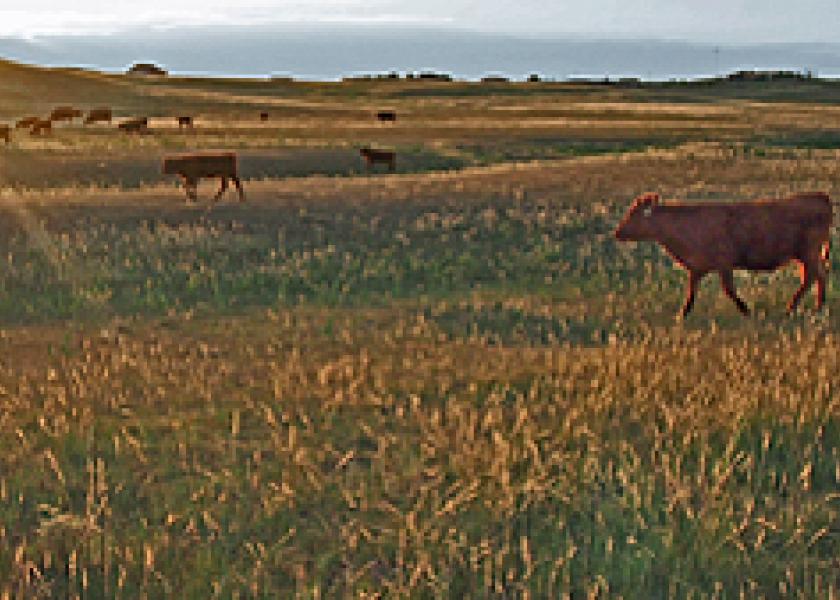Potential Impact of Climate Change on Rangeland Plants

USDA research looks at how global warming will affect native grassland.
By: Ann Perry, U.S. Department of Agriculture
U.S. Department of Agriculture (USDA) scientists and their colleagues have conducted research showing the potential response of rangeland plants in arid regions of the United States to the conditions that will occur with climate change, according to a paper published today in Nature.
Agricultural Research Service (ARS) biological technician Melissa Reyes-Fox and Fort Lewis College assistant professor Heidi Steltzer were the lead co-authors on the paper. ARS is USDA's chief intramural scientific research agency, and the research supports the USDA priority of responding to climate change.
"Agricultural producers want to know how global climate change is affecting their production and management practices," said ARS Administrator Chavonda Jacobs-Young. "This work is one example of how ARS scientists are helping producers meet climate change challenges and continue the cost-effective and environmentally sustainable production of food and feed."
In a 5-year investigation, the researchers assessed the effects of increased temperatures and carbon dioxide levels on plants growing in a native mixed-grass prairie. For their study, they used a field system called Free-Air CO2 Enrichment to elevate current levels of carbon dioxide to 600 parts per million, the level of atmospheric carbon dioxide that is expected in the latter half of this century. Outdoor heaters in the fields kept air temperatures at current levels and at day and night temperatures that were 2.7 and 5.4 degrees Fahrenheit warmer than ambient temperatures.
The scientists tracked leaf emergence, flower production, seed maturation, and canopy senescence in four grasses, a shrub, and a forb common to northern mixed-grass prairie plant communities. The resulting yearly data trends indicated that the plants responded to warmer temperatures with earlier leaf emergence and flowering. Some species also responded with earlier seed maturation and canopy senescence. On average, the growing season for plant communities exposed to higher temperatures began five days earlier and lasted six days longer.
However, when plants were exposed to a combination of warmer temperatures and elevated carbon dioxide levels, the growing season began seven days earlier and lasted 14 days longer. The researchers believe that elevated carbon dioxide levels prompt greater water conservation in some of the grassland plants, which in turn delayed early plant senescence and death.
A plant community gets a jump-start on its growing season when the first species leafs out earlier in the spring, and the growing season continues until the last species enters senescence in the fall. So while warming temperatures can increase the length of the growing season in some grasslands communities by promoting earlier spring growth, elevated carbon dioxide levels can help plants conserve water and delay fall senescence.
Other ARS scientists in Fort Collins who contributed to the study included agronomist Gregory McMaster, who works in the Agricultural Systems Research Unit; plant physiologist Dan Lecain and ecologist Dana Blumenthal, who work in the Rangeland Resources Research Unit; and retired plant physiologist Jack Morgan. Colorado State University professors M.J. Trlica (retired) and Allan Andales also contributed to the research.







